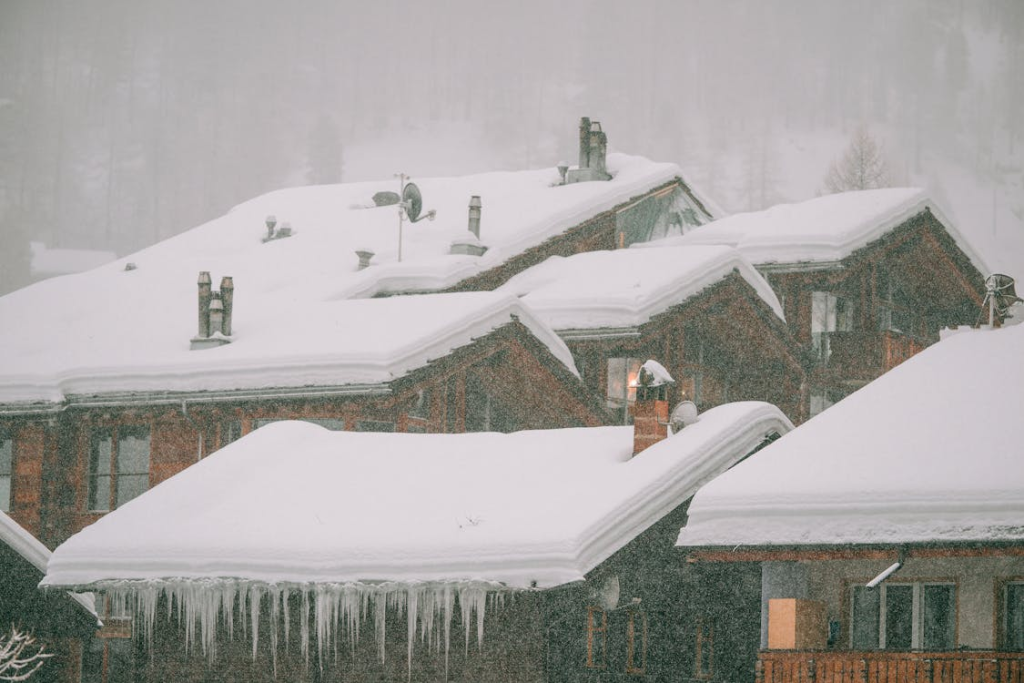Essential First Aid Skills for Solo Travelers

Traveling alone offers a sense of freedom and adventure that’s hard to match. Whether you’re exploring remote villages, scaling mountain paths, or simply navigating a new city, solo travel challenges your comfort zone in the best ways. However, it also comes with a unique set of risks—especially when it comes to health and safety. Without a travel companion to assist in emergencies, solo travelers must be prepared to rely entirely on themselves.
Knowing essential first aid skills can make a critical difference when help is far away or delayed. Here’s a comprehensive guide to the must-know first aid practices every solo traveler should master before setting off.
1. Understanding Basic First Aid Principles
Before diving into specific techniques, it’s important to understand the foundation of first aid. This includes:
- Assessing the scene for safety before helping anyone, including yourself.
- Calling for help early, if possible, through local emergency numbers.
- Applying only the techniques you’re confident in, as incorrect interventions can worsen injuries.
Having a calm, systematic approach is often more beneficial than panicking or attempting something risky.
2. Wound Cleaning and Dressing
Cuts, scrapes, or puncture wounds are common when you’re active outdoors or navigating unfamiliar environments. Infections can set in quickly, especially in hot or humid climates.
What to do:
- Wash hands (or use sanitizer).
- Rinse the wound thoroughly with clean water.
- Apply antiseptic if available.
- Cover with a sterile bandage or gauze.
Packing tip: Include alcohol wipes, adhesive bandages, and antibiotic ointment in your first aid kit.
3. Managing Burns
Whether it’s from a cooking mishap at a hostel kitchen or accidental contact with a motorcycle exhaust pipe, burns require immediate care.
Steps for minor burns:
- Cool the area under running water for 10–15 minutes.
- Do not apply ice directly to the skin.
- Avoid home remedies like butter or toothpaste.
- Cover the burn with a clean, non-stick bandage.
If the burn is deep, larger than your palm, or located on your face, hands, or genitals, seek medical help immediately.
4. Responding to Choking or Breathing Issues
Solo travel often involves trying new foods or exerting yourself physically—both of which can increase choking risks or exacerbate breathing issues like asthma.
If you begin choking while alone:
- Try to perform the Heimlich maneuver on yourself by leaning over a chair or pressing your abdomen against a firm surface.
- If you have a known condition like asthma, always carry a rescue inhaler and ensure it’s accessible.
Practicing these responses is crucial, as panic can override logic during actual incidents.
5. Recognizing Signs of Dehydration and Heat Exhaustion
Exploring new places often means spending long hours outdoors. In hot climates or at high altitudes, dehydration and heat-related illnesses can set in quickly.
Symptoms to watch for:
- Dizziness or lightheadedness
- Dry mouth or reduced urination
- Headache and muscle cramps
Preventive measures:
- Drink water regularly, even if you don’t feel thirsty.
- Rest in shaded or cool areas.
- Replenish electrolytes using oral rehydration salts.
This is one area often underestimated by solo travelers, especially those used to cooler climates.
6. Handling Insect Bites, Stings, and Allergic Reactions
From mosquito bites to bee stings, insect-related issues can quickly escalate—especially if you’re allergic and alone.
Essentials to carry:
- Antihistamines
- Hydrocortisone cream
- EpiPen (if you have a known allergy)
If you’re unsure about the insect or the severity of the reaction, err on the side of caution. Learning to administer your own EpiPen is vital.
An acquaintance of mine once mentioned their experience while undergoing first aid training Calgary, where a case study showed how often solo hikers underestimate insect-related emergencies.
7. Treating Sprains, Strains, and Fractures
Sprained ankles or twisted knees are common injuries, especially for solo hikers or cyclists. Not being able to walk can quickly turn a minor issue into a major ordeal.
What to do:
- Follow the R.I.C.E method: Rest, Ice, Compression, Elevation.
- Immobilize the limb if a fracture is suspected.
- Use walking aids like trekking poles if available.
Knowing how to use a bandage or makeshift splint can help you reach safety or summon assistance.
8. Gastrointestinal Issues and Food Poisoning
Traveler’s diarrhea is one of the most common ailments for international solo travelers. Contaminated water, unfamiliar spices, or undercooked foods can all be culprits.
How to handle it:
- Take oral rehydration salts to combat dehydration.
- Use anti-diarrheal medication only if you need to travel or have no access to a restroom.
- Stick to bland, easily digestible foods until symptoms subside.
Weekly self-checks of medication expiration dates and symptom review can help keep your travel plans on track.
9. Self-Triage and Knowing When to Seek Help
Being solo means you’re also your own decision-maker in an emergency. Not every injury requires a hospital visit, but knowing when it does can be lifesaving.
Seek immediate care if:
- You’ve been unconscious
- There’s uncontrollable bleeding
- You suspect broken bones or internal injuries
- You’ve been bitten by an unknown animal
Training yourself in self-assessment builds confidence and promotes rational decisions during emergencies.
10. Preparing a Customized First Aid Kit
Off-the-shelf kits are great, but solo travelers need to adapt them based on the destination, trip duration, and personal health conditions.
Consider including:
- Prescribed medications
- Blister care products
- Water purification tablets
- Tweezers and scissors
- Local emergency contact cards
Resources like Active Pulse CPR provide excellent guides and tips for creating first aid kits tailored to different travel needs and environments.
Conclusion
Traveling alone is an incredible way to connect with the world—and yourself. But with great freedom comes great responsibility. Learning essential first aid skills gives solo travelers the confidence and capability to respond to emergencies effectively. It transforms you from a potential victim of circumstance into someone ready to face the unexpected with calm and competence.
So before you zip up your backpack and head out on your next adventure, take the time to train, practice, and pack wisely. Your safety—and your experience—will be better for it.





